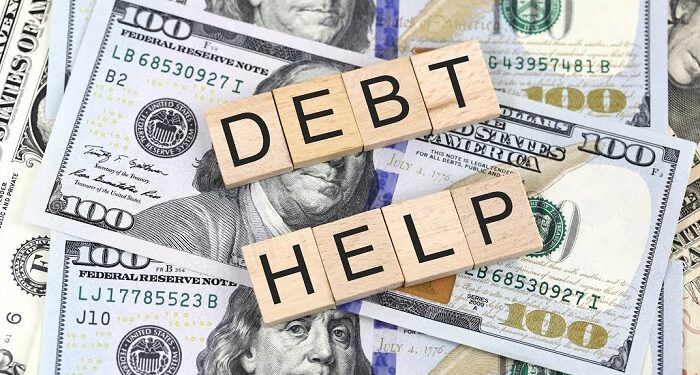Debt collection in the USA is a complex process governed by specific laws and regulations that aim to protect both creditors and debtors. For individuals or businesses trying to recover funds owed to them, understanding these legal frameworks is essential. This article will provide an overview of the debt collection process in the United States, including key steps, legal requirements, and best practices to maximize the chances of successful recovery.
Understanding Debt Collection Laws in the USA
The debt collection industry in the USA is regulated by several laws designed to protect consumers from abusive practices. The most prominent among these is the Fair Debt Collection Practices Act (FDCPA), a federal law that applies to third-party debt collectors and governs their conduct. The FDCPA prohibits deceptive, abusive, and unfair practices in debt collection and outlines acceptable methods of contacting debtors.
For businesses and individuals who are directly owed money, the Uniform Commercial Code (UCC) may apply, particularly for commercial debt. Additionally, each state has its own laws and statutes of limitations that define the timeframe within which a debt can legally be collected. Being informed about these rules helps avoid unnecessary legal pitfalls and ensures that the debt collection process remains within legal bounds.
Steps to Collect a Debt in the USA
1. Attempting to Collect the Debt Personally
The initial step in debt collection in the USA often involves attempting to resolve the matter directly. For businesses, this could mean reaching out to the debtor via phone calls, emails, or letters to remind them of their obligations. Clear, professional communication is essential here, as a cordial approach can often encourage payment without the need for further action.
To maximize effectiveness, consider the following tips:
- Provide Written Documentation: Ensure that all requests for payment are documented and clear. Include invoice details, the amount owed, and any applicable late fees.
- Set a Timeline for Payment: Give the debtor a reasonable deadline to make the payment, and outline any consequences if the debt is not paid by this date.
2. Sending a Demand Letter
If initial attempts to collect the debt fail, the next step is typically a demand letter. This formal document outlines the debt owed and states the legal consequences of non-payment. In many cases, the demand letter is an effective way to communicate the seriousness of the situation, and it may prompt the debtor to make payment to avoid further legal consequences.
A well-crafted demand letter should:
- Clearly specify the debt amount, due date, and applicable interest.
- State any past due fees or penalties.
- Explain that failure to respond may lead to legal action or referral to a collection agency.
3. Using a Collection Agency
When personal efforts and a demand letter do not result in payment, creditors often consider hiring a debt collection agency. Professional agencies specialize in collecting unpaid debts and typically have established methods for recovering funds, including skip tracing, credit reporting, and frequent follow-up. While collection agencies charge fees—usually a percentage of the collected amount—they can often recover debts that would otherwise remain unpaid.
Under the FDCPA, collection agencies must adhere to strict guidelines regarding how they communicate with debtors. For instance, they cannot harass, misrepresent, or use unfair practices in their collection efforts. When choosing a collection agency, ensure it is reputable and compliant with all federal and state laws.
4. Filing a Lawsuit
If all other methods fail, filing a lawsuit against the debtor may be necessary. To initiate a lawsuit, creditors need to file a claim in civil court, which will result in a court order for the debtor to pay if the judge rules in favor of the creditor. If successful, the creditor can seek a judgment against the debtor, which may include the original debt, interest, and additional legal costs.
A court judgment opens up more avenues for collection, such as:
- Wage Garnishment: With a court order, creditors can legally garnish a portion of the debtor’s wages to satisfy the debt.
- Bank Account Levy: A creditor may freeze the debtor’s bank account and withdraw funds if permitted by the court.
- Property Liens: In some cases, a lien may be placed on the debtor’s property, which can only be removed when the debt is fully paid.
Best Practices for Debt Collection in the USA
To maximize the effectiveness of your debt collection efforts and remain compliant with the law, consider the following best practices:
- Document Every Step: Keep detailed records of all communications, attempts at collection, and responses from the debtor. This documentation can be crucial in court or if the debt is disputed.
- Maintain Professionalism: Even if debtors become uncooperative, it’s essential to remain calm and professional. Any signs of aggression or intimidation could result in legal action against you.
- Understand the Statute of Limitations: Debt collection in the USA is subject to statutes of limitations, which vary by state and type of debt. Once this period expires, the debt becomes “time-barred,” meaning it can no longer be legally enforced in court.
- Consider Negotiating a Settlement: In some cases, offering a reduced amount or an installment plan can motivate debtors to pay. This approach is often preferable to lengthy legal battles and may expedite payment.
Key Takeaways
Debt collection in the USA requires patience, diligence, and a strong understanding of relevant laws. By following the steps outlined—communicating with the debtor, sending a demand letter, involving a collection agency, and potentially pursuing legal action—creditors can increase their chances of collecting the funds owed to them. Additionally, staying informed about the FDCPA and state-specific laws can help ensure compliance and avoid legal repercussions.
In all cases, it’s advisable to seek professional legal guidance if you’re unsure about any aspect of the debt collection process.
More information by this link: https://www.grandliga.com/debt-collection-in-the-usa/









